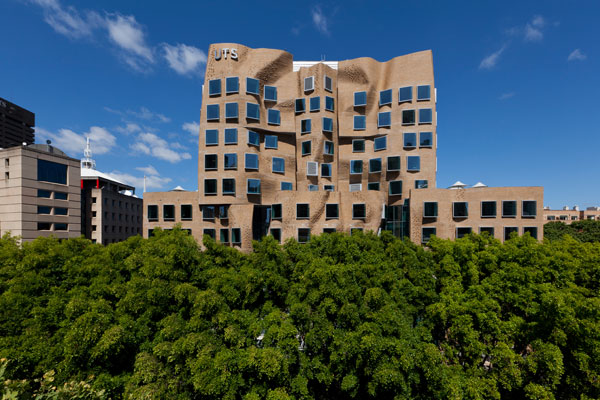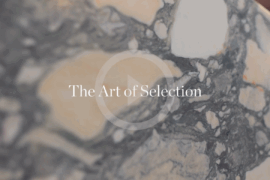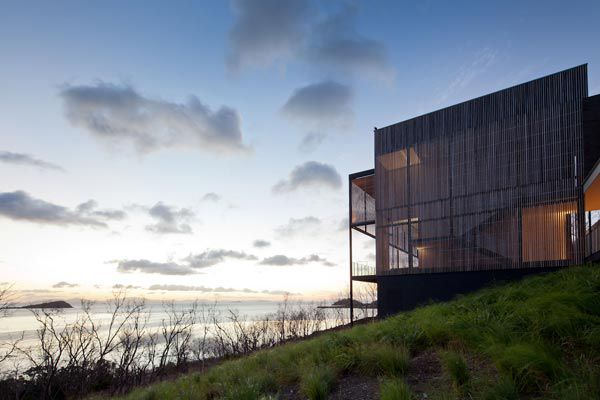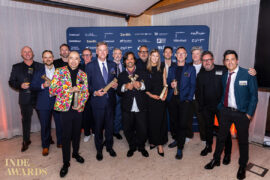Good residential design has long been seen as a subjective quality, rather than a quantifiable one. The University of Technology Sydney aims to challenge this belief with the establishment of the Building Genome Project that examines the data present in building modelling software.

October 28th, 2015
Ultimately aiming to receive insights so as to achieve further knowledge into architectural design performance and compliance to build better homes, the Building Genome Project is the brainchild of UTS’s Faculty of Design, Architecture and Building.
A team of four academics believes that today’s access to design and construction statistics and sophisticated modelling technology can help bridge the disconnect between the estimated $5.6 trillion value of the residential hosing sector with the serious lack of connection between property data and design and construction data.
Recent technological advances and research prompted the team to create an advanced comparative database, the Building Genome Project, capable of storing complex building and design data.
“Architects and developers have limited access to precedent design knowledge in a searchable format,” says team researcher, Dr Ben Coorey. “Similar design solutions are being applied over and over again without the ability to improve designs through benchmarking, big data and predictive analytics.”
Through the Building Genome Project, useful data has been revealed. Such as apartment attributes and configurations that contribute to the highest value of return, what type of apartment designs sold the fastest, and what appropriate apartment mixes work best, were not being factored into early stage design processes. This information could not be easily accessed in existing software programs.
The Building Genome Project also allows new housing designs to be checked automatically against various planning regulations to assess the compliance and quality of a design.
“The system is able to generate a user-friendly report, outlining areas of compliance and non-compliance to help builders make better informed decisions during all aspects of the building lifecycle,” says Associate Professor Julie Jupp from the UTS School of the Built Environment. “This research will improve design processes whilst also boosting the quality of residential design overall.”
University of Technology Sydney
uts.edu.au
INDESIGN is on instagram
Follow @indesignlive
A searchable and comprehensive guide for specifying leading products and their suppliers
Keep up to date with the latest and greatest from our industry BFF's!

London-based design duo Raw Edges have joined forces with Established & Sons and Tongue & Groove to introduce Wall to Wall – a hand-stained, “living collection” that transforms parquet flooring into a canvas of colour, pattern, and possibility.

CDK Stone’s Natasha Stengos takes us through its Alexandria Selection Centre, where stone choice becomes a sensory experience – from curated spaces, crafted details and a colour-organised selection floor.

Merging two hotel identities in one landmark development, Hotel Indigo and Holiday Inn Little Collins capture the spirit of Melbourne through Buchan’s narrative-driven design – elevated by GROHE’s signature craftsmanship.

Harmoniously incorporated into the natural landscape of the coast of Hayman Island, the luxurious private residence was designed by Kerry Hill Architects.
The new ovens from Gaggenau, revolutionary in design, demonstrating their capabilities from the outside. With doors that open over the full height of the appliances, made from hardened glass, aluminium backed. Features for true convenience, Pyrolytic self-cleaning for easy cleaning, core temperature probe, rotisserie and baking stone. Dimensions: w. 752mm x h. 1428mm x d. […]
The internet never sleeps! Here's the stuff you might have missed

With the opening of the 2026 INDE.Awards program, now is the time to assess your projects, ensure photography is at hand and begin your submissions.

Indesign Media is aware of recent reports raising serious concerns about Australian architectural photographer Derek Swalwell.